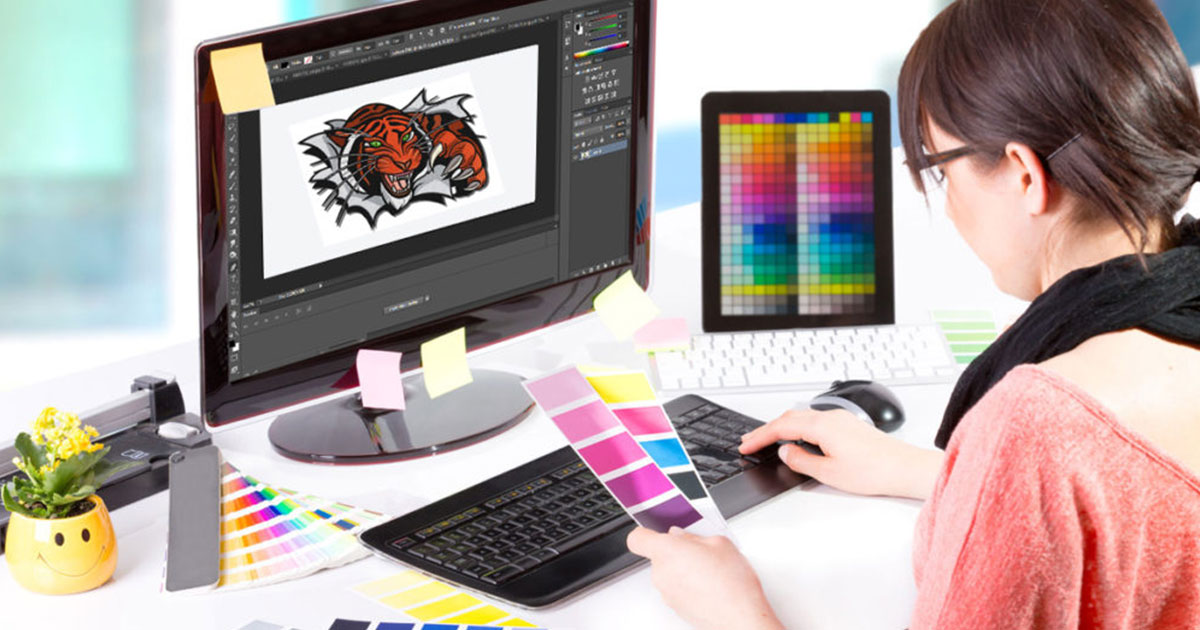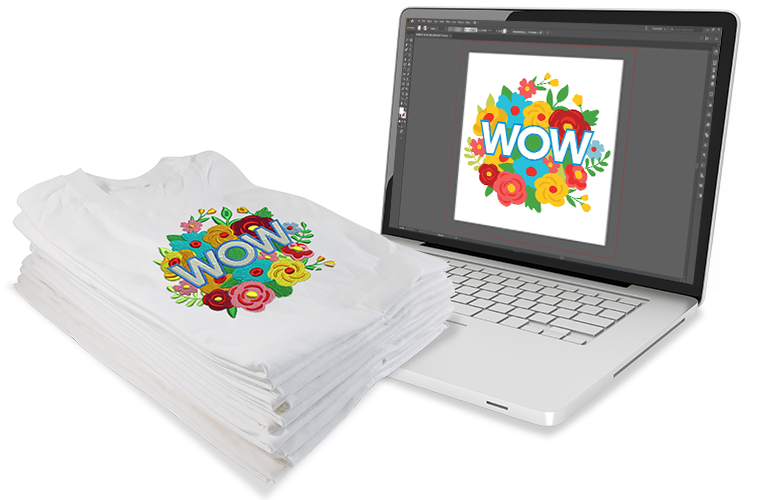Ideal Digitizing for Embroidery: Enhance Your Projects
Ideal Digitizing for Embroidery: Enhance Your Projects
Blog Article
Understanding the Needlework Digitizing Process: Your Ultimate Overview
Embroidery digitizing is a careful craft that requires accuracy and competence to translate complex layouts right into electronic styles for machine needlework. As artisans start this journey to grasp the needlework digitizing process, a comprehensive understanding of the essentials sets the structure for excellence. However, beyond the primary expertise exists a realm of sophisticated software, specialized tools, and nuanced methods waiting to be checked out. By delving right into the subtleties of digitizing, one can open a world of imaginative opportunities and boost their embroidery tasks to new elevations.

Comprehending Needlework Digitizing Essentials
Embroidery digitizing basics create the foundation upon which complex styles are equated into machine-readable styles for accurate sewing. This first step in the needlework digitizing procedure is essential for making sure that the final embroidered item is a devoted depiction of the original layout. Comprehending embroidery digitizing essentials involves understanding key principles such as stitch kinds, stitch direction, thickness, rug, and pull payment.
Stitch kinds play a crucial function in figuring out the visual and textural result of the embroidered design. By choosing the suitable stitch type, whether it be satin, fill, or running stitch, digitizers can accomplish the desired effect and improve the general quality of the embroidery. Additionally, stitch instructions affects the flow and dimension of the design, while thickness establishes the spacing and protection of the stitches.
Moreover, padding sewing offers security to the design by securing the textile and protecting against distortion throughout the embroidery process. Pull compensation is an additional important consideration to counteract the all-natural tendency of textile to contract when stitched. Understanding these needlework digitizing basics is essential for developing professional-quality embroidered items.
Selecting the Right Digitizing Software Application
Choosing the appropriate digitizing software is an essential decision that significantly influences the performance and top quality of the embroidery digitizing process. Digitizing for Embroidery. When selecting the best digitizing software program, it is necessary to consider elements such as the complexity of designs you intend to create, the user-friendliness of the software, the degree of consumer support used, and the compatibility with your embroidery device
There are numerous digitizing software program alternatives available in the market, ranging from fundamental programs for beginners to sophisticated software application for professional digitizers. Some prominent options consist of Wilcom EmbroideryStudio, Hatch Embroidery Software, and PulseID. These software program packages offer a large range of tools and attributes to assist you produce elaborate designs effortlessly.
Before making a choice, it is advisable to discover the different software program alternatives through complimentary trials or trials to identify which one finest suits your demands. Additionally, reviewing evaluations and looking for suggestions from knowledgeable digitizers can provide valuable insights right into the staminas and weak points of each software plan (Digitizing for Embroidery). By very carefully evaluating your requirements and contrasting the features of different digitizing software, you can make an enlightened selection that enhances your needlework digitizing workflow
Digitizing Devices and Strategies

Optimizing Style Settings for Embroidery
Understanding the complexities of style settings is fundamental in accomplishing optimal cause the embroidery digitizing procedure, structure upon the foundation laid by recognizing digitizing devices and methods. When enhancing design setups for needlework, it is vital to consider factors such as stitch type, thickness, underlay, pull settlement, and registration. Sew kind choice influences the overall appearance and feel of the design, with options like satin, fill, and running stitches offering various appearances and effects. Density refers to the spacing and thickness of stitches, influencing the style's protection and sturdiness. Correct rug stitching supplies security and stops material distortion, especially for complex styles or on elastic products. Draw compensation adjusts for fabric stretch throughout sewing, ensuring exact layout duplication. Enrollment setups line up different aspects of the design properly, keeping general design honesty. By fine-tuning these style setups, embroiderers can boost the top quality and accuracy of their stitched productions.

Troubleshooting Common Digitizing Issues
When experiencing usual digitizing problems during the embroidery procedure, it is important to understand the origin and implement reliable services immediately. One common trouble is stitch thickness issues, where stitches might be as well thick, creating the fabric to pucker, or too sparse, bring about gaps in the design. Readjusting the stitch thickness settings in the digitizing software application can help solve this issue.
An additional frequent difficulty is thread breaks during the needlework procedure. This can take place as a result of different factors such as incorrect tension settings, boring needles, or using low-quality string. Guaranteeing proper upkeep of the click for source needlework maker, consisting of normal needle modifications and tension adjustments, can lessen the event of string breaks.
Moreover, design registration errors can lead to misaligned elements within the embroidery layout. Checking the design alignment in the digitizing software program and making necessary modifications prior to stitching can assist in preventing this concern. By dealing with these common digitizing problems quickly and effectively, you can make certain a smoother needlework procedure and high-grade completed items.
Final Thought
To conclude, mastering the embroidery digitizing process requires a solid understanding of the basics, the right choice of software, and expertise of tools and methods. Optimizing design setups and fixing usual digitizing problems are vital steps in making certain top notch embroidery results. By adhering to these actions diligently, one can accomplish accuracy and effectiveness in the digitizing procedure.
Report this page